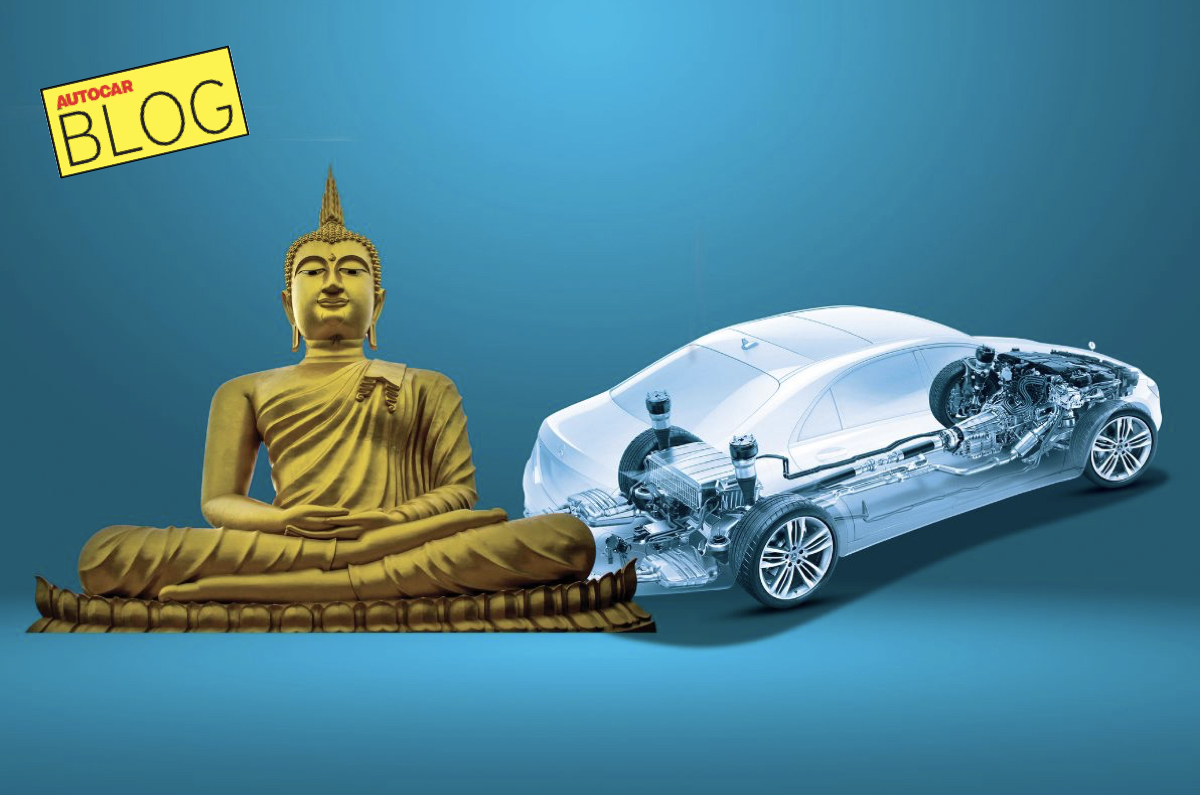
Taking the middle path is something we are all familiar with. It’s a practice that basically involves avoiding the extremes and going for the best balanced solution. This also works when it comes to engineering scenarios. Case in point, getting the ride/handling equation right, or balancing top- and bottom-end performance of an engine.
Selecting the middle path is also something we should do when it comes to electrification. The canvas is wide, stretching from mildly (or barely) electrified cars at one end, to full EVs at the other, with all manner of strong and plug-inhybrids stacked in the centre.
To see why the middle path makes so much sense, let’s first look at pure EVs. Now sure, EVs clearly represent where the automobile eventually needs to go. But this is only if and when all its various components, elements, processes and technologies line up perfectly. Today, the problems range (pun intended) from big expensive batteries, large amounts of CO2 made during Lithium-ion battery manufacture and protracted charging times, which mean the car is effectively and forcibly taken off the road for prolonged periods. So while electric cars look simple on the outside, they are both expensive and have complex operating cycles. That they produce no local emissions is a big strength, but EVs today aren’t exactly a one-stop green solution or zero emission vehicles.
Plug-in hybrids on the other hand get rid of a majority of these issues. Convenient to use and highly flexible, they elegantly get rid of range anxiety, extended charging cycles and large expensive batteries, all in one fell swoop. Now, keyboard warriors and those on the fringe may argue that plug-in hybrids still produce some small amount of local pollution and are expensive (they do have two complete powertrains – one electric and the other ICE). And yes, there is some small merit in their argument. But plug-ins, more often than not, produce less CO2 than EVs, are less expensive to produce, and are well suited to our driving and charging environment.
A Creta-sized PHEV only needs a 12-15kWh battery that you can easily charge at home with a slow AC charger to deliver an EV-only daily range of 50-70 kilometres. And remember, there’s no range anxiety as it has a petrol engine. A similar-sized EV will need something like a 45-50kWh battery and that’s at least three times the cost. Lithium-ion batteries currently cost USD 151 per kilowatt. Do the maths.
So yes, plug-in hybrids solve so many EV related problems, they are almost the perfect EVs. And that’s especially for us here in India where running these cars on electricity has the potential to slash our USD 120 billion crude oil bill dramatically. And let’s not forget, with the big battery out of the way, can anyone bring costs down better than the Indian car industry?
Isn’t it time we supported plug-in hybrids – the best EVs for India?
Also see:
Here are India's 10 most fuel-efficient petrol cars, SUVs
Hyundai India to launch hybrid cars, SUVs by 2027
Maruti to launch 35kpl+ Fronx hybrid in 2025



